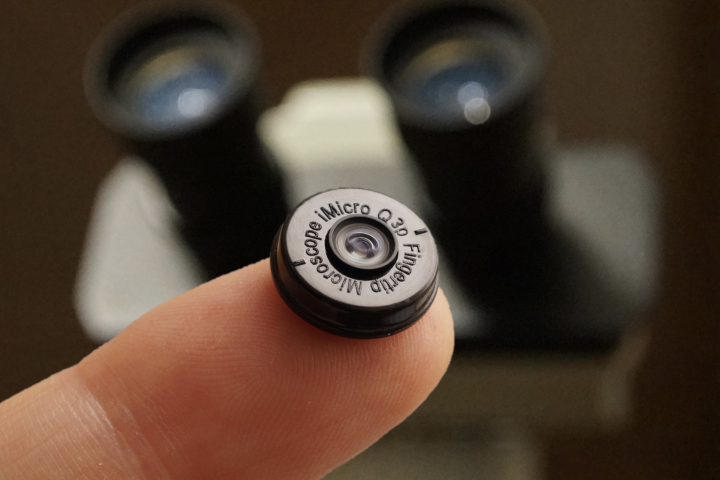Sutures have come along way from the days of silk and catgut, but now they’re poised to make their biggest change in 3,000 years. They’re getting smart. John Rogers, professor of materials science and engineering at the University of Illinois at Urbana-Champaign has invented a “smart” suture that contains ultrathin sensors that can detect when a wound is infected and may one day be able to actively promote healing as well.
Sutures are basic things. Their purpose is to hold wounds together so they can keep out infection and heal. Unfortunately, as they sit under a layer of bandages, they can’t do much else. Despite the fact that they’re situated on the very point at which infection can occur, they can’t tell anyone if it sets in. That changes with the smart sutures.
The heart of the sutures are sensors made from silicon membranes and gold wires that are only a few hundred nanometers thick. These sensors are embedded in polymer or silk strips in a winding pattern to form the sutures. The winding pattern is important because sutures have to be flexible if they’re to be threaded on a needle, sewn through a wound and then tied tight. The winding pattern allows the suture to twist and pull while placing the least stress on the delicate, brittle silicon sensors.
So far, two types of sensors have been developed, both temperature sensors – one based on a silicon diode that shifts its current output with temperature, and the other a platinum nanomembrane resistor that changes its resistance with temperature. These thermometers are key to detecting infection. One of the signs of a wound infection is an increase in temperature, so a suture (or bandage) with a built-in thermometer can act as an early warning device. There is also a heater for the sutures to deliver warmth and promote healing on the spot.
So far, the smart sutures have been tested on rats, though without the sensors or heater operating, and are being developed for commercial use by MC10, a startup company co-founded by Rogers. The next step will be to make the sutures wireless and to investigate how to infuse them with drugs that can be delivered on command.
A paper on the smart sutures appears online in the journal Small.
Source: Technology Review





